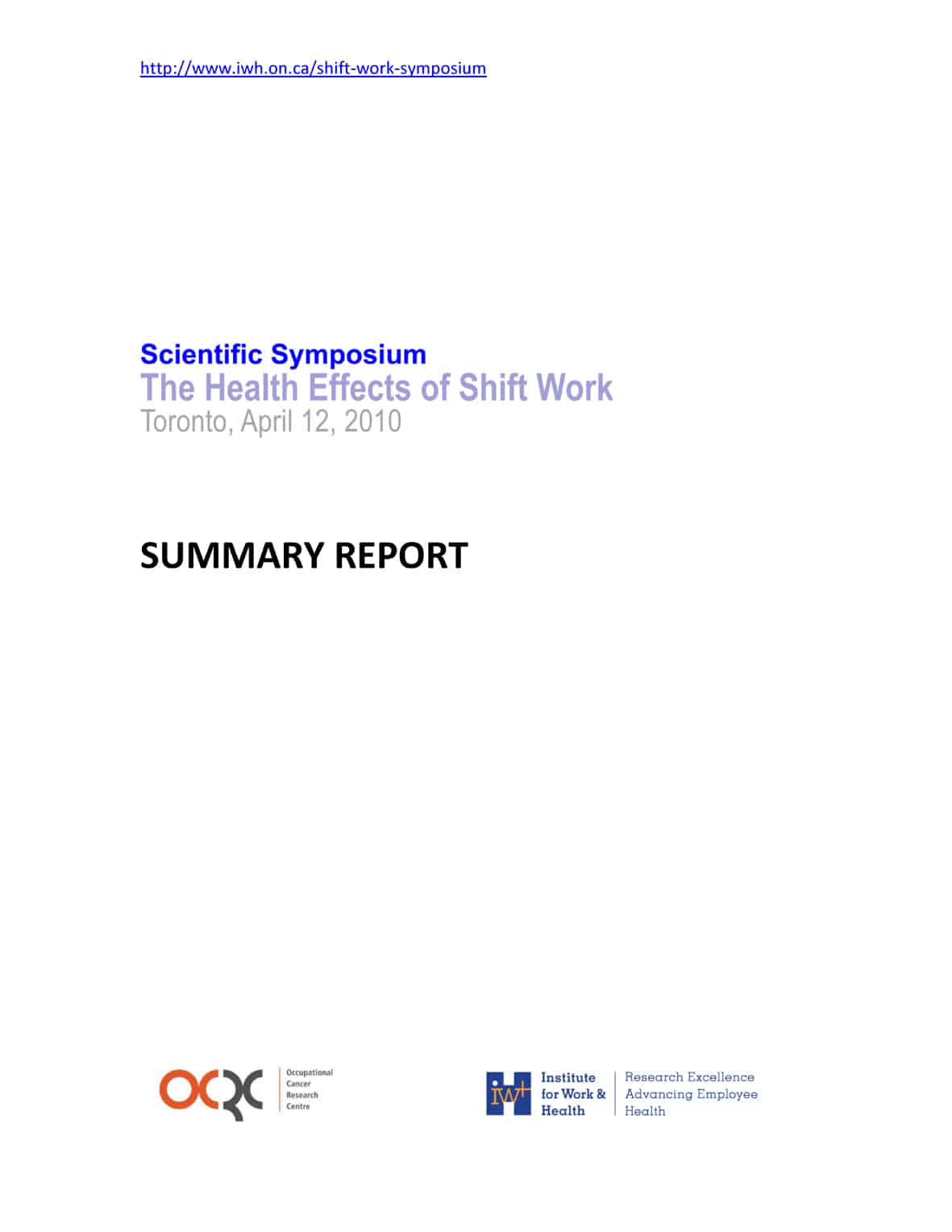The latest edition of the Medical Journal of Australia (eMJA) has published an investigation into the possible cancer cluster at the Toowong television studios of the Australian Broadcasting Corporation (ABC) in late 2006.
Not surprisingly, given previous reports, the investigation has found that
“No statistically significant excess risk of breast cancer in ABC female employees was found across the Australian states and territories as a whole compared with their respective population incidences. A statistically significant increased risk of breast cancer was found among ABC female employees in Queensland, consistent with the findings in an earlier report.”
The Toowong incident created considerable concern amongst staff, to such an extent that the corporation decided to close the entire facility and relocate all the broadcasting processes. Unless this was already a corporate strategy the decision was brave, particularly when the initial investigations showed that the concern was not justified for Toowong specifically.
The ABC has an excellent timeline of media statements about the incident online.
Several issues from the latest report are worth noting. Continue reading “The Toowong cancer cluster and risk communication”


